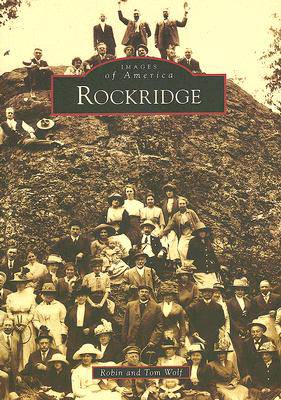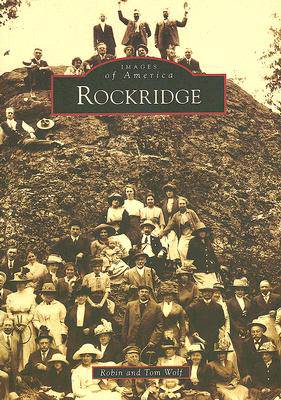
- Afhalen na 1 uur in een winkel met voorraad
- Gratis thuislevering in België vanaf € 30
- Ruim aanbod met 7 miljoen producten
- Afhalen na 1 uur in een winkel met voorraad
- Gratis thuislevering in België vanaf € 30
- Ruim aanbod met 7 miljoen producten
Zoeken
€ 34,95
+ 69 punten
Uitvoering
Omschrijving
The spirited Oakland neighborhood of Rockridge has been spotlighted in the national media twice in recent years. Hard-hit by a disastrous fire and named a top livable neighborhood by a national magazine, the north Oakland neighborhood has had a diverse and eventful history. Early booms in commerce and population pushed Oakland city boundaries east and north through farmland, toward the university town of Berkeley, and the neighborhood of Rockridge was formed. Shaped by its farms, homes, streetcars, interurban trains, shops, markets, movie houses, a quarry, and Oakland's first reservoir, Rockridge's story is one of hard labor in the quarry and the practice of the fine arts, of ethnic markets and the short-lived grand estates of mining tycoons, of the taming of wild creeks and the subdivision of open spaces. The town witnessed experiments in planned development, the effect of freeways and rapid transit, changes brought by the Depression and World War II, the transformation of College Avenue, and trends in home building that today allow the landscape to reveal Rockridge's history.
Specificaties
Betrokkenen
- Auteur(s):
- Uitgeverij:
Inhoud
- Aantal bladzijden:
- 128
- Taal:
- Engels
- Reeks:
Eigenschappen
- Productcode (EAN):
- 9780738547992
- Verschijningsdatum:
- 8/08/2007
- Uitvoering:
- Paperback
- Formaat:
- Trade paperback (VS)
- Afmetingen:
- 167 mm x 233 mm
- Gewicht:
- 322 g

Alleen bij Standaard Boekhandel
+ 69 punten op je klantenkaart van Standaard Boekhandel
Beoordelingen
We publiceren alleen reviews die voldoen aan de voorwaarden voor reviews. Bekijk onze voorwaarden voor reviews.











